Optimal Timing for Backflow Testing
Backflow testing is essential to ensure the safety and integrity of a water supply system. Conducting tests at optimal times helps prevent contamination and ensures compliance with local regulations. The timing of backflow testing can impact the accuracy of results and the effectiveness of the testing process.
Perform backflow testing during mild weather periods to avoid delays caused by extreme temperatures or weather conditions.
Schedule tests before peak usage seasons to ensure systems are functioning properly before high demand periods.
Coordinate testing to meet local authority deadlines, often required annually or biannually.
Align testing with routine maintenance schedules to optimize system performance and reduce downtime.
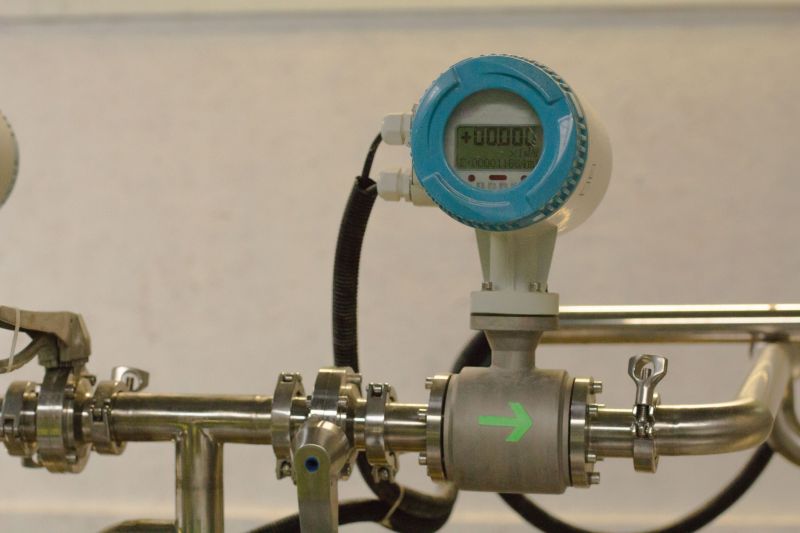
Specialized tools used to detect potential backflow issues during scheduled testing.
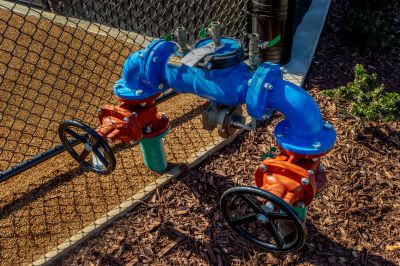
A professional performing backflow testing on a commercial property.
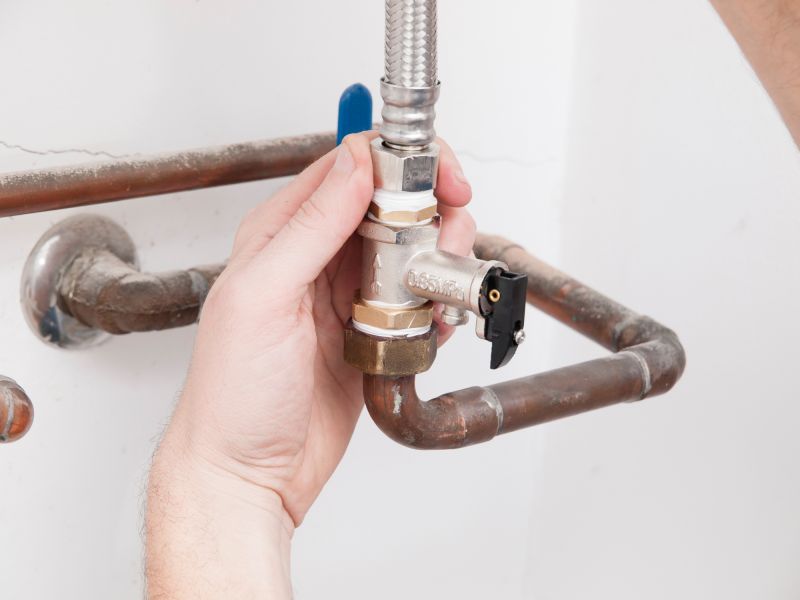
A device installed to prevent contaminated water from flowing back into the potable water supply.
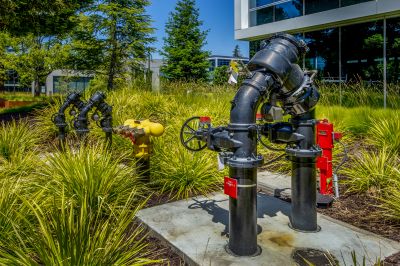
Ways to make Backflow Testings work in tight or awkward layouts.
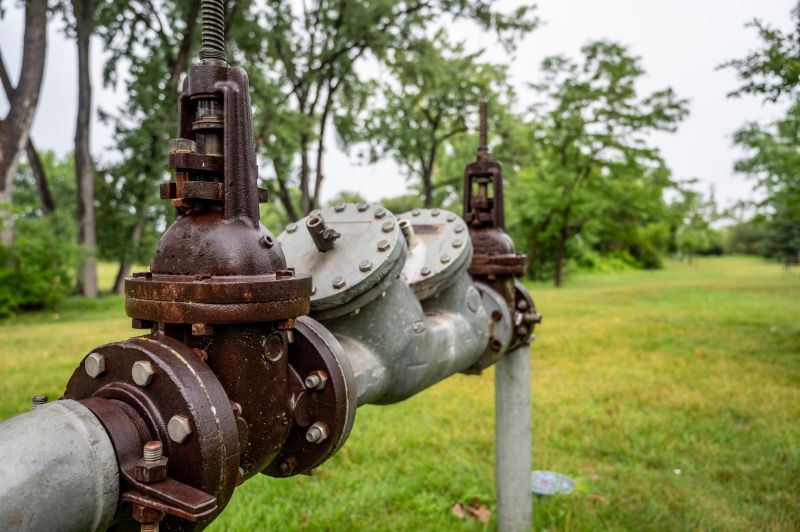
Popular materials for Backflow Testings and why they hold up over time.

Simple add-ons that improve Backflow Testings without blowing the budget.
Backflow testing plays a vital role in maintaining water safety standards. It involves inspecting backflow prevention devices to ensure they are functioning correctly and preventing contaminated water from entering the public water system. Regular testing helps identify potential issues early, reducing health risks and avoiding costly repairs.

Routine inspections ensure devices operate effectively and meet safety standards.

Illustrates the flow of water and potential points of backflow.
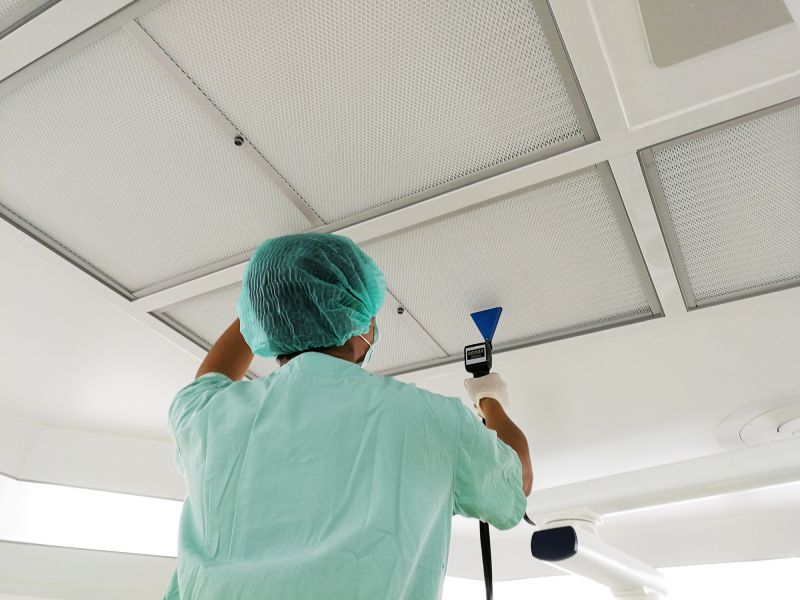
A technician performing a backflow test with specialized tools.
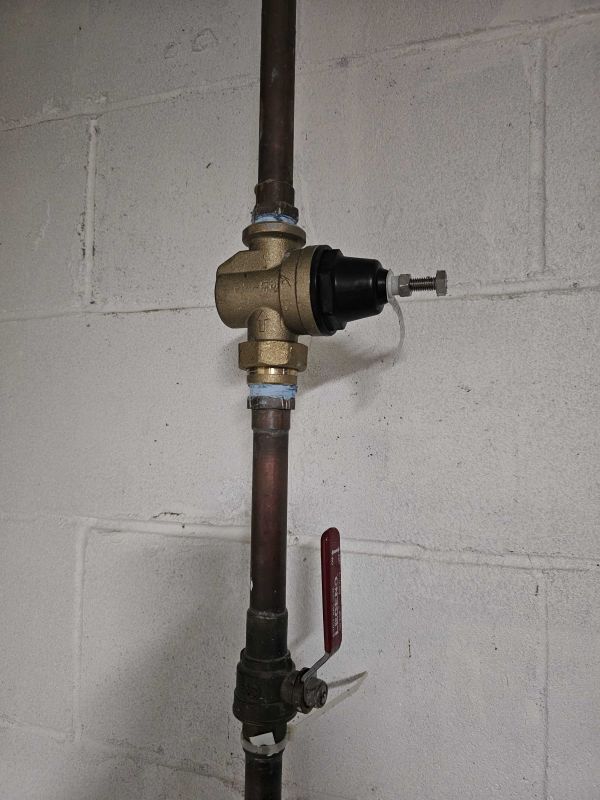
Monitoring system for water flow and backflow prevention status.
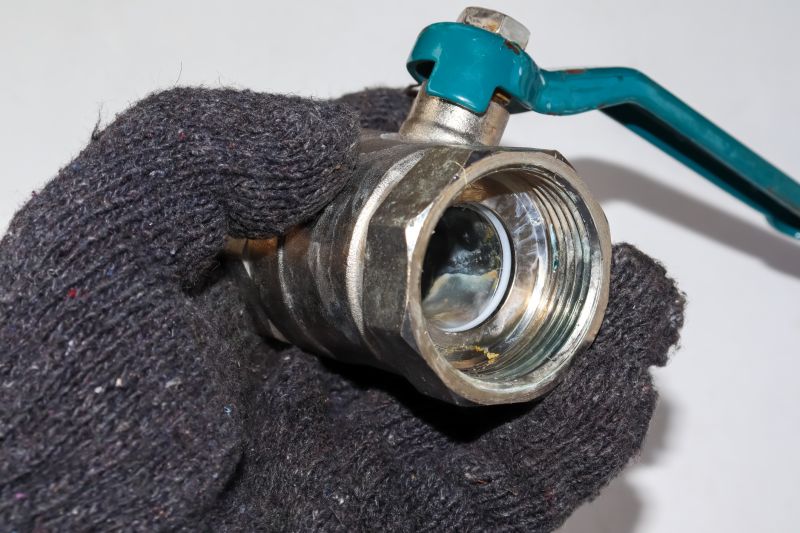
High-end options that actually feel worth it for Backflow Testings.
| Timing Factors | Details |
|---|---|
| Seasonal Weather | Perform tests during moderate weather to avoid weather-related delays. |
| Regulatory Deadlines | Align testing with local compliance schedules, often annually. |
| System Repairs | Test immediately after repairs to ensure proper function. |
| High Usage Periods | Schedule before peak water demand seasons. |
| Routine Maintenance | Coordinate with regular system maintenance for efficiency. |
Choosing the right time for backflow testing can improve system reliability and compliance. Regular testing is recommended at least once a year, with additional tests scheduled after repairs or system changes. Proper timing ensures early detection of issues and helps maintain water safety standards.

Setting up testing equipment for accurate results.

Inspecting backflow prevention devices for signs of wear or damage.

Documenting test results for compliance and records.
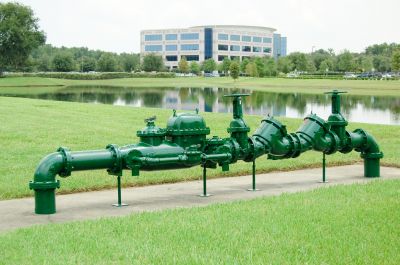
Installed to protect potable water from contamination.
Interested in scheduling backflow testing? Filling out the contact form can help coordinate timely inspections and ensure compliance with local water safety standards. Regular testing not only safeguards public health but also helps avoid potential penalties associated with non-compliance.



